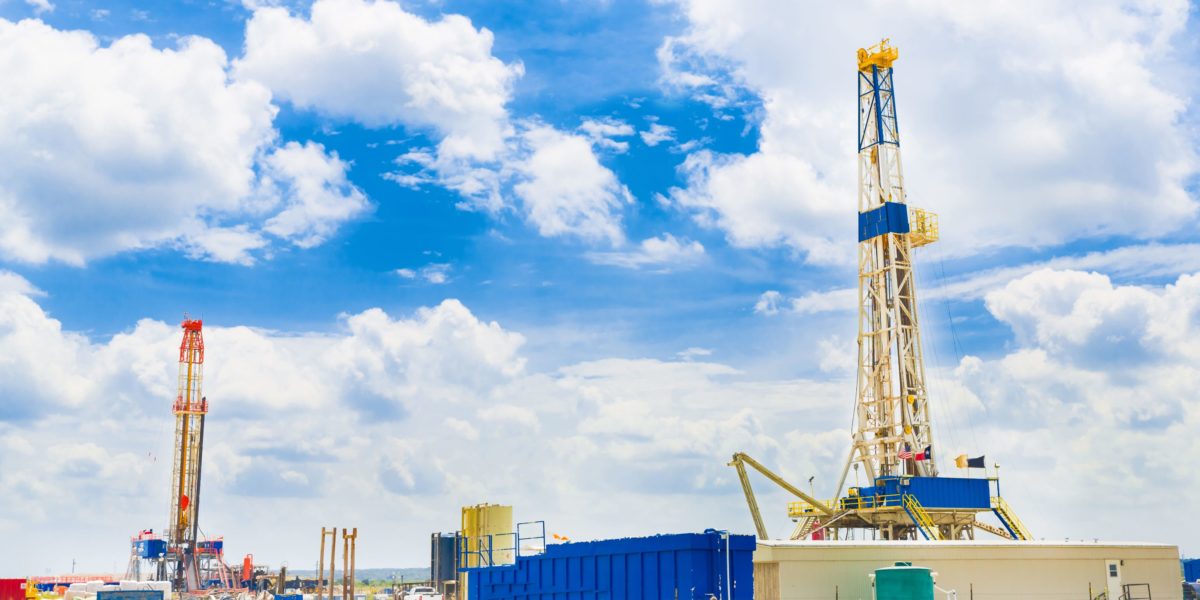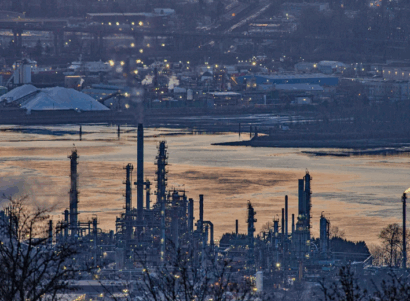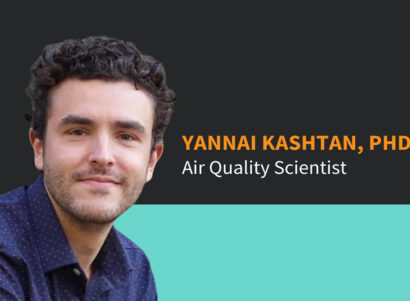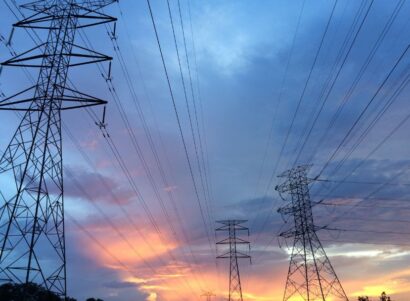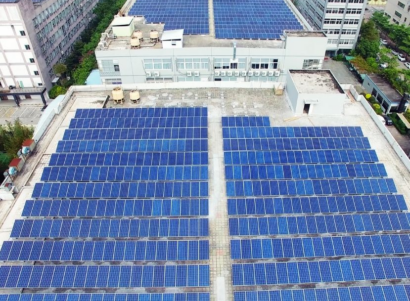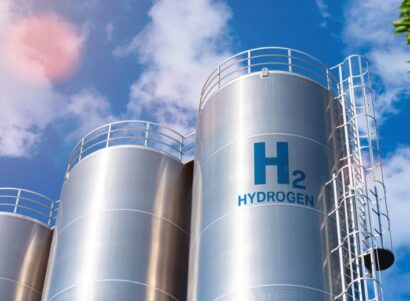With all the attention on unconventional gas, are conventional wells getting lost in the shuffle? Three co-authors and I just published a study in Environmental Health Perspectives presenting improved approaches to evaluate the health hazards and risks of exposures to air pollutants from oil and gas development on nearby populations. We evaluated wells in the contiguous U.S. that were either drilled or producing in 2014, and we split them out by various criteria including status (recently drilled, producing), type (conventional, unconventional), and primary production (oil, wet gas, and dry gas). We estimated that 17.6 million people in the conterminous U.S. live within 1600 meters (approximately 1 mile) from a confirmed active oil and/or gas well.
While developing the criteria that is likely to best predict potential public health risks of air pollutant exposures from oil and gas development, one of the key factors we looked at is whether a well is conventional or unconventional. Unconventional wells are typically drilled into geologic formations where oil and gas can only be economically extracted by increasing the rock permeability using technologies such as high-volume hydraulic fracturing and directional drilling.
Like many other researchers currently studying the public health implications of oil and gas development, I went into this research with the assumption that unconventional wells pose substantially more risk to human health from air emissions than do conventional wells, because of the well-documented examples of high emissions found near unconventional well sites.1–5 But, as my colleagues and I dug deeper, some of the technical literature made me question this assumption. So, we set out to determine the differences between unconventional and conventional technologies with respect to emissions of air toxics.
Are conventional wells even used that much anymore? The data from our study clearly shows that they are. A whopping 700,000, or 88 percent, of all active wells in 2014 were conventional and 28 out of 30 states continue to have more producing conventional wells than unconventional wells. And new conventional wells are still being drilled. About half — 48 percent — of all wells drilled in 2014 were conventional.
Whether conventional or unconventional technology is used, the largest source of air toxics in these operations is the oil and gas coming out of the ground. Commonly observed air toxics — including benzene, toluene, ethylbenzene, xylene, and hydrogen sulfide — are naturally co-mingled with oil and gas and co-emitted to the atmosphere with leaked, vented, and flared gas.6–10 This observation was central to major conclusions in some of PSE’s recent collaborations on the public health impacts of oil development.11–13
Furthermore, when the oil and/or gas comes out of a well, some of it is typically diverted to run on-site equipment, including compressors, dehydrators, and separators.8,10,14 This means that volatile organic compounds (VOCs) or other air contaminants that are naturally present in the oil or gas will be emitted on site when the equipment is running, which for a producing well is typically 24/7. Thus, the release of air contaminants is a normal part of fossil fuel extraction from hydrocarbon wells.
Other major sources of air pollutants are from machinery used on site. The drill rig, excavators, skid steers, bulldozers, mowers, etc. run on diesel or gasoline, and they emit pollutants including nitrogen oxides, particular matter, and VOCs.7–10
The hydraulic fracturing process itself plays a relatively small role in cumulative on-site air emissions for a variety of reasons, primarily because of its short time frame. Unconventional wells use high-volume hydraulic fracturing, which utilizes substantially higher volumes of water, sand, and down-hole chemicals. This has led to concern over possible public health impacts from these chemicals. Yet, in studies that have taken air samples near oil and gas wells, chemicals originating from the oil and gas itself are detected much more frequently than chemicals injected down the wellbore.5,15 This is not to say that “fracking” chemicals pose no public health risk; it simply indicates that to date, they have been found in air samples substantially less frequently than compounds naturally co-located with oil and gas. This makes sense if we consider the lifetime of a well. Drilling, fracturing, and completing a well lasts weeks to months, while producing lasts years. Even if a well is re-fractured, this will still represent a small percentage of time compared to a well’s full lifetime.
The older a well is, the greater its likelihood that it will leak methane and other air pollutants to the atmosphere,16–18 and most conventional wells have been around for decades longer than unconventional wells.19 Further, recent technological advances have improved the ability to substantially reduce emissions of methane and other air pollutants.18 Pursuant to the EPA methane reduction rules, new and modified wells now require reduced emission completion (REC) and other emission reduction technologies to be installed,8,20,21 but many older wells were installed before the common usage of these technologies, leaving the majority of the wells in the United States vulnerable to higher emissions.
Unfortunately, for the time being, this comparison of air emissions between conventional and unconventional wells remains academic. We have found no studies that differentiate between air toxics sampled for and found at conventional and unconventional wells. However, a paper written by Omara et al.19 evaluated methane emissions across conventional and unconventional well sites in the Marcellus Basin, where conventional development has been going on for over a hundred years and the ratio of conventional to unconventional wells is approximately 90:10. As a result, the authors estimated that the methane emission load to the regional atmosphere from conventional wells was greater than from unconventional wells. Since VOCs and other air toxics come out of the ground with the methane, it would be likely that conventional oil and gas development emits more air toxics to the region.
Like many of the arguments we hear from the oil and gas industry, I agree that conventional and unconventional wells really aren’t that different. But unlike these industries, my argument is not that all wells, regardless of type, are safe. To the contrary, all wells during the oil and gas development process — from land clearing to drilling to production — contribute to emissions of health-damaging air pollutants.
All of this is to say that it pays to dig a little deeper into an issue. Even though it is “commonly understood” by many in the scientific community and the public that hydraulically fractured gas wells are the major concern in regards to hydrocarbon air emissions, by exploring the pathways of hydrocarbon transport and well integrity, we have discovered that the answer is not quite so simple.
References
- Litovitz, A., Curtright, A., Abramzon, S., Burger, N. & Samaras, C. Estimation of regional air-quality damages from Marcellus Shale natural gas extraction in Pennsylvania. Environ. Res. Lett. 8, 014017 (2013).
- Prenni, A. J. et al. Oil and gas impacts on air quality in federal lands in the Bakken region: an overview of the Bakken Air Quality Study and first results. Atmos. Chem. Phys. 16, 1401–1416 (2016).
- McKenzie, L. M., Witter, R. Z., Newman, L. S. & Adgate, J. L. Human health risk assessment of air emissions from development of unconventional natural gas resources. Science of The Total Environment 424, 79–87 (2012).
- Roy, A. A., Adams, P. J. & Robinson, A. L. Air pollutant emissions from the development, production, and processing of Marcellus Shale natural gas. Journal of the Air & Waste Management Association 64, 19–37 (2014).
- Macey, G. P. et al. Air concentrations of volatile compounds near oil and gas production: a community-based exploratory study. Environmental Health 13, 82 (2014).
- Moore, C. W., Zielinska, B., Pétron, G. & Jackson, R. B. Air impacts of increased natural gas acquisition, processing, and use: A critical review. Environ. Sci. Technol. 48, 8349–8359 (2014).
- Jackson, R. B. et al. The environmental costs and benefits of fracking. Annual Review of Environment and Resources 39, 327–362 (2014).
- Field, R. A., Soltis, J. & Murphy, S. Air quality concerns of unconventional oil and natural gas production. Environ Sci Process Impacts 16, 954–969 (2014).
- Webb, E. et al. Potential hazards of air pollutant emissions from unconventional oil and natural gas operations on the respiratory health of children and infants. Reviews on Environmental Health (2016). doi:10.1515/reveh-2014-0070
- Gilman, J. B., Lerner, B. M., Kuster, W. C. & de Gouw, J. A. Source signature of volatile organic compounds from oil and natural gas operations in northeastern Colorado. Environ. Sci. Technol. 47, 1297–1305 (2013).
- Shonkoff, S. B. C. et al. Public Health Risks Associated with Current Oil and Gas Development in the Los Angeles Basin. In: A Case Study of the Petroleum Geological Potential and Potential Public Health Risks Associated with Hydraulic Fracturing and Oil and Gas Development in the Los Angeles Basin. An Independent Scientific Assessment of Well Stimulation in California. Volume III, Chapter 4.3. California Council on Science & Technology (2015). Available at: https://ccst.us/publications/2015/2015SB4-v3.pdf. (Accessed: 9th October 2015)
- Long, J. C. S. et al. An Independent Scientific Assessment of Well Stimulation in California. Summary Report. California Council on Science & Technology (2015). Available at: http://ccst.us/publications/2015/2015SB4summary.pdf. (Accessed: 28th August 2017)
- Shonkoff, S. B. C. et al. Potential impacts of well stimulation on human health in California. An Independent Scientific Assessment of Well Stimulation in California. Volume II, Chapter 6. California Council on Science & Technology (2015). Available at: http://ccst.us/publications/2015/160708-sb4-vol-II-6.pdf. (Accessed: 19th April 2017)
- Warneke, C. et al. Volatile organic compound emissions from the oil and natural gas industry in the Uinta Basin, Utah: point sources compared to ambient air composition. Atmos. Chem. Phys. Discuss. 14, 11895–11927 (2014).
- Colborn, T., Schultz, K., Herrick, L. & Kwiatkowski, C. An exploratory study of air quality near natural gas operations. Human and Ecological Risk Assessment: An International Journal 20, 86–105 (2014).
- Chilingar, G. V. & Endres, B. Environmental hazards posed by the Los Angeles Basin urban oilfields: an historical perspective of lessons learned. Env Geol 47, 302–317 (2004).
- King, G. E. & Valencia, R. L. Well Integrity for Fracturing and Re-Fracturing: What Is Needed and Why? in (Society of Petroleum Engineers, 2016). doi:10.2118/179120-MS
- King, G. E. & King, D. E. Environmental Risk Arising From Well-Construction Failure–Differences Between Barrier and Well Failure, and Estimates of Failure Frequency Across Common Well Types, Locations, and Well Age. SPE Production & Operations 28, 323–344 (2013).
- Omara, M. et al. Methane emissions from conventional and unconventional natural gas production sites in the Marcellus Shale Basin. Environ. Sci. Technol. (2016). doi:10.1021/acs.est.5b05503
- U.S. EPA. Oil and natural gas sector: Emission standards for new, reconstructed, and modified sources. (U.S. EPA, 2016).
- U.S. EPA. Oil and natural gas sector: New source performance standards and national emission standards for hazardous air pollutants reviews; final rule. (2012).
